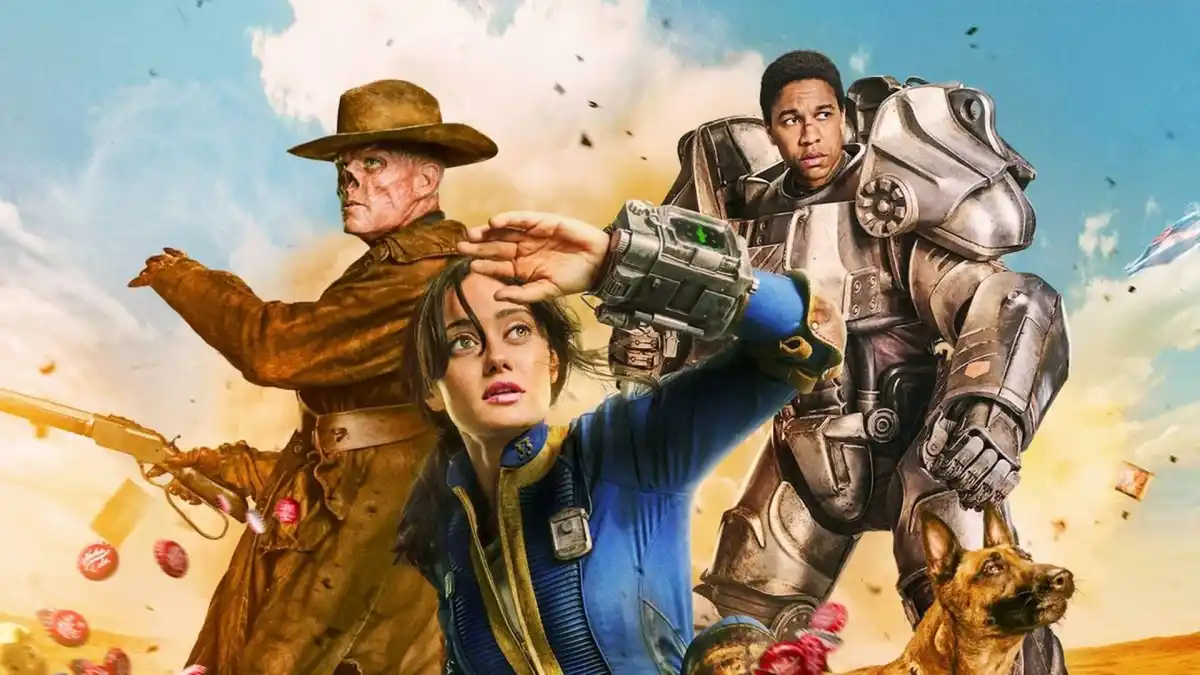
Netflix’s Death Note is a great movie. It may not be an exact interpretation of the classic anime and manga series of the same name, but manages to establish its own personality and reason to exist. A young adult movie that plays to the strengths of the genre, this version of Death Note serves largely as an introduction for anime newcomers to experience why the series became a global phenomenon in the first place.
The movie does a lot of interesting things that diverge from the source material, there’s no doubt about that. Other than revolving around the appearance of the Death Note and possessing characters with largely the same names, save for Mia and Light’s dad, the film and its manga counterpart are radically different renditions of the tale, each told well in its own right.
Though fans have long made up their minds on what makes Death Note as a manga and anime series so great, there’s still a discussion to be had on what makes Netflix’s Death Note great, too. The following is a list of qualities that the film has that make it stand alone as a great rendition to the superb Japanese franchise.
L

Though he preserves this peculiar detective’s sweet tooth and odd seating habits, Netflix’s interpretation of L makes him much more human. The robotic nature of the man still exists, sure, seeing as how he’s reprimanded numerous times by Watari for not sleeping and draws conclusions faster than any automaton could, but L’s true colors start to show when he’s pushed to the edge by Light.
For the sake of not going into too much detail, the game that L initiates with the high school student is a constant back-and-forth of cat and mouse, with L getting more and more frustrated as time goes by. When ultimately faced with a moral choice of his own, the film really makes you believe that he would go for the easy way out.
Mia

At the start, I personally disliked Mia. Her motivations seemed nonsensical and weird, formulaic and not integral to the plot at all. In many ways, she was what her character ended up being in the original Death Note: unneeded. But as viewers see when the story progresses, Mia’s role evolves from that of a lowly side character to that of a skilled accomplice. In this regard it can be said that Netflix’s Death Note gives the character more justice than in the original manga.
Though the cheesy romance is there, the film makes you wonder if that was all done on purpose. It seems so given the film’s ending but, with the overall narrative striving for a teen demographic, that remains up in the air.
Cinematography

Netflix’s Death Note is a visual delight. Director Adam Wingard’s use of neon lights throughout the film give it a sci-fi charm, allowing viewers to experience the movie as if they were playing a video game. Chase sequences are thrilling to behold and the camera helps give action and environments justice.
On the note of camera use, filming Death Note at oblique angles really aided in giving the film a brooding, horror vibe, especially in those scenes where Ryuk appears or Light contemplates killing more people. Indeed, it in itself serves to highlight the protagonist’s twisted sense of justice.
Action

If you’ve read other reviews of Netflix’s Death Note online you’ll often see websites making comparisons to the Final Destination series when it comes to this film’s gory action sequences. Usually exhibiting a death taking place by Light’s own design, viewers are treated to a buffet of decapitations, shootings and mass suicides throughout the movie’s run time. It makes for quite the delight if that’s your thing.
Action will probably be the most contested item on this list as it’s perhaps the furthest divergence this film has with its manga origins, that of which only glosses over deaths briefly. Movement and spectacular give the movie more life and showing the killings in detail serve to bring to mind how gruesome the Death Note truly is.
Ryuk

Willem Dafoe’s personification of Ryuk is perfection. His chilling voice mixed with a hint of mischievousness neatly encapsulates what the character is all about. In some ways Ryuk is the series’ greatest antagonist, as he has the power to help Light achieve his goals or help the police put an end to Kira, but chooses to sit back and watch everything unfold for pure enjoyment.
Cleverly obscured in shadow for most of the time we see him, the role of Ryuk as an unbiased observer that hides from conflict is truly wicked. In this case, Netflix’s Death Note gives us the best interpretation of the angel of death that fans of the franchise have seen so far. If this movie does indeed get its sequel, having Dafoe return is an absolute must.






Published: Aug 28, 2017 09:30 am